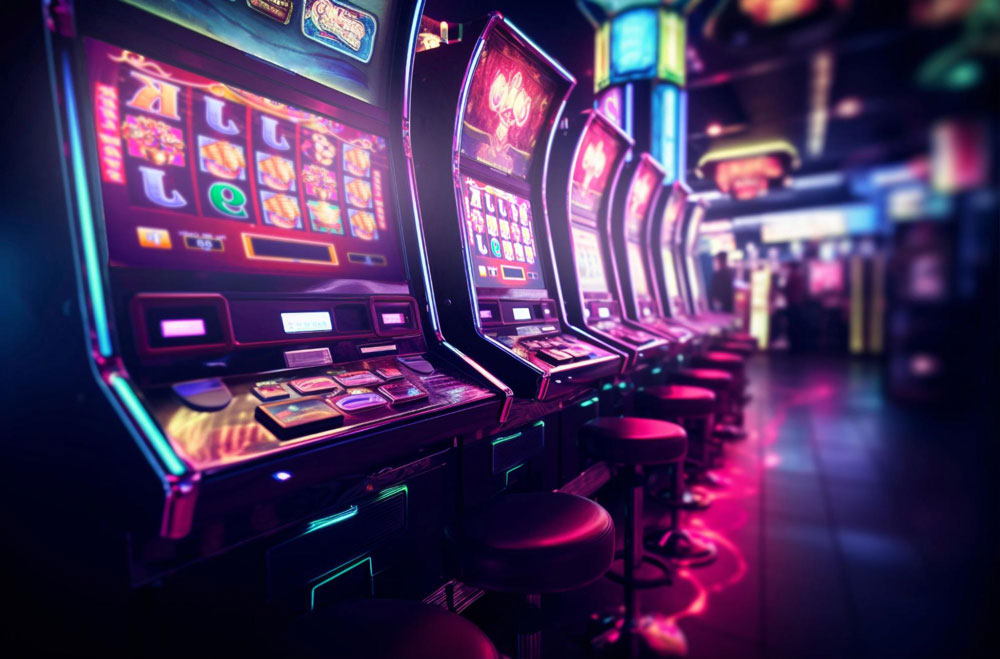The world of game design has undergone a radical transformation through the evolution of wild mechanics. Once limited to simple static icons, wilds were merely placeholders in slot and arcade systems. Over time, they have become vital instruments of interactivity and excitement. This transformation signifies not only a visual shift but also a change in user engagement. Players now experience evolving systems that respond to timing, choice, and movement.
Transformation from slot Symbols to Interaction
The journey from basic wild symbols to dynamic mechanics represents a major leap in creativity. These shifts brought life, movement, and strategy to gaming structures.
- Early wilds served as fixed markers offering no user control or reaction.
- Gradual integration of animations made them visually engaging and rewarding.
- Interactive features introduced player-triggered movements and random effects.
- The addition of multipliers and re-spins elevated strategic depth and replay value.
- Advanced AI algorithms now adapt wild behaviors to player style and actions.
Integration of Real-Time Responsiveness
Dynamic wilds introduced a system that reacts instantly to ongoing gameplay. This responsiveness altered the pace and thrill of every interaction. Through motion-based triggers and time-sensitive bonuses, wilds became more than icons—they became participants. Real-time adaptability enabled developers to craft environments that keep players connected and emotionally engaged, creating a feeling of involvement beyond visuals.

Evolution Driven by Technological Creativity
Technology empowered the change from static representation to interactive performance. These advancements forged bridges between animation and responsive systems.
- Digital rendering improved precision in motion and visual feedback.
- Enhanced processors supported live data reactions within milliseconds.
- Machine learning allowed wilds to adapt to patterns dynamically.
- 3D visualization techniques deepened immersion and realism across platforms.
- Cloud integration ensured consistency across devices and online ecosystems.
Impact on Player Experience and Engagement
Modern design has redefined user connection through personalized responses and sensory engagement. Each movement or reaction builds emotional tension and excitement. Developers apply layered feedback systems, ensuring every interaction feels purposeful. As a result, player satisfaction grows not from chance alone but from feeling directly involved in the mechanical flow of the game, making each encounter distinct and memorable.
Design Philosophy Behind the Dynamic Shift
The core principle driving these transformations centers on immersion and authenticity. By merging responsive physics and intelligent sequencing, creators have reimagined the concept of wilds as storytelling agents. Dynamic entities no longer merely fill a grid; they craft living narratives that evolve with user behaviors. This approach mirrors how digital art and interaction are merging to create seamless experiences across platforms and genres, ensuring that modern mechanics feel alive and continuously inventive.
The expansion of wild mechanics signifies how creativity and innovation can reshape user experiences. From motion-based triggers to behaviors-driven sequences, developers have embraced deeper interactivity. This evolution mirrors the harmony between art and technology, reflecting human desire for engagement and surprise. Today’s systems adapt fluidly, combining data and design into a unified rhythm. Through this transformation, players encounter responsive universes that adjust to every action. The shift from still icons to animated agents reveals not just progress but a revolution in the way virtual environments breathe, react, and evolve with their users.